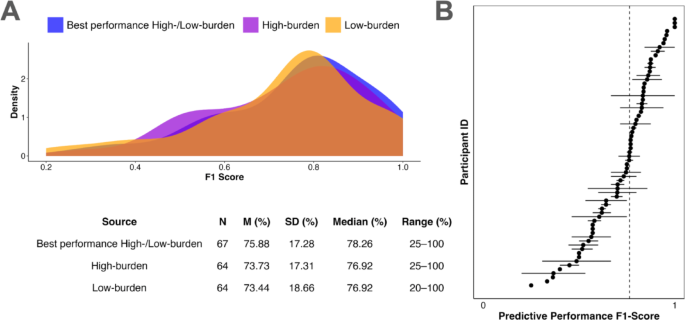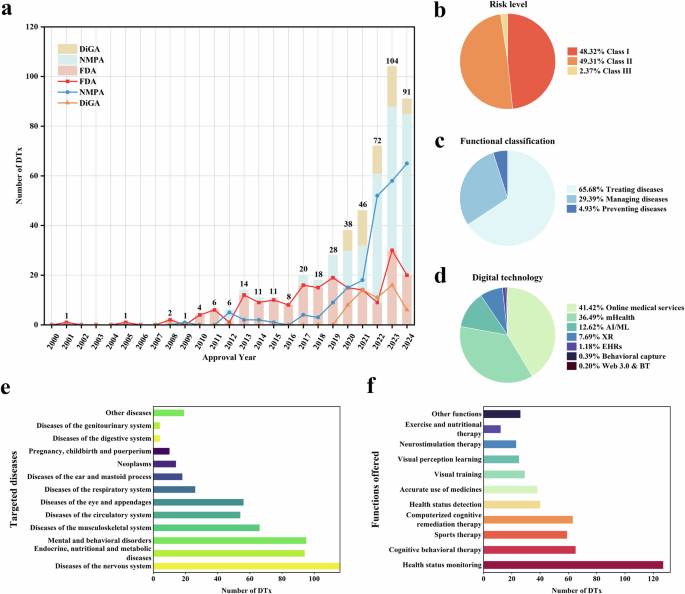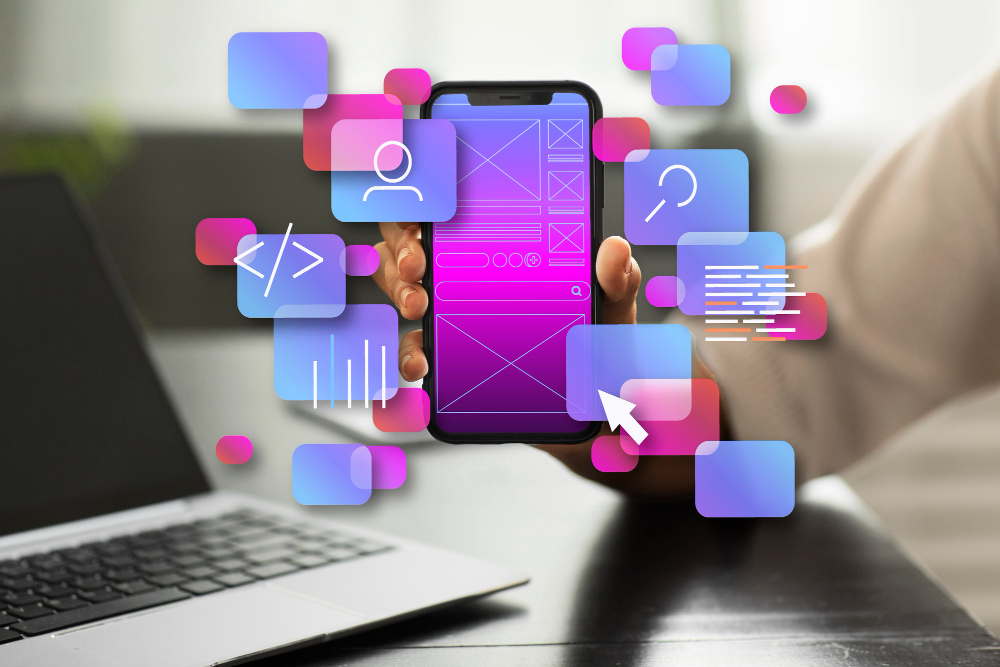‘Identify, configure, collaborate’ framework can optimize use of diabetes technology

August 16, 2021
3 min read
Diabetes care and education specialists can use a simple, three-step approach to optimize the way continuous glucose monitoring and other diabetes technologies are used, according to two speakers.

Deborah Greenwood
In August of 2020, Deborah Greenwood, PhD, RN, BC-ADM, CDCES, FADCES, an Endocrine Today Editorial Board Member, consultant at Deborah Greenwood Consulting and adjunct assistant professor at the University of Texas Health San Antonio, and colleagues produced a consensus paper published in The Science of Diabetes Self-Management and Care outlining how diabetes care and education specialists can optimize technology for people with diabetes using the Identify, Configure and Collaborate (ICC) framework.

The identify, configure and collaborate framework can be used to develop effective diabetes technology interventions. Infographic content were derived from Greenwood DA, et al. S-04. Presented at: ADCES21; Aug. 12-15, 2021; (virtual conference).
“First you identify the right technology for the right person at the right time,” Greenwood told Healio. “Next you configure the settings, user preferences, the treatment plan needs and how the individual will receive ongoing support. Finally, you collaborate with data-driven discussions using a shared decision-making approach. You can use the ICC framework at both the individual and the population level. When diabetes care and education specialists apply this approach, they can ensure that all people with diabetes are assessed for technology use and needs and are offered technology.”
Greenwood outlined the ICC framework during a presentation at the Association for Diabetes Care & Education Specialists virtual conference.
To start applying the ICC framework, diabetes care and education specialists should first assess the needs of a person with diabetes. This assessment includes their readiness to adopt new technology, physical and cognitive conditions, gaps in knowledge and skill, their ability to support lifestyle choices and more.
Donna Rice, MBA, BSN, RN, CDCES, FADCES, chief strategy and population health officer at The Root Cause, Inc., a Christian Health Ministry that trains and employs caregivers to support people with diabetes and other chronic illnesses with a focus on improving their quality and quantity of life, discussed how her organization implemented the ICC framework and why it was important to listen to each person’s individual needs.

Donna Rice
“The diabetes care and education specialist needs to critically assess perceptions, skills, digital literacy and technology usage for each individual and to provide resources, training and support so each person can be successful,” Rice told Healio. “The diabetes care and education specialist is a key advocate for helping to integrate these technology services and devices into standards of care and systems.”
After identifying a person’s needs, health care providers should shift to configuring the technology to for that individual. This includes device functions based on a user’s ability, creating a support plan for technology use, and composing a communication plan to discuss patient-generated health data.
“When we look at configuring the features, we want to look again at a user’s ability, their education and treatment goals,” Greenwood said during the presentation. “For example, when you’re setting up someone who is new to continuous glucose monitoring, you can set low high alerts; or for a parent with a child, you can set up with remote monitoring so they can follow their kids at school.”
Rice said people with diabetes should be asked what type of communication they prefer. During in-person meetings, diabetes care and education specialists can assist with downloading applications, programming their contacts, and texting practice. Rice said it is crucial to determine whether person with diabetes is able to perform these functions on their own after being assisted. Caregivers can also review key features of the app with users and configure alerts and reminders.
Once technology is initiated, diabetes care and education specialists should collaborate with the person with diabetes and the diabetes care team to improve outcomes and outline goals. This includes interpreting health data at both individual and population levels, evaluating user engagement and ongoing use, addressing therapeutic inertia and advocating for the use of technology to inform policy development.
“When we look at the whole identify, configure and collaborate , it really comes to life when you see it working in action,” Rice said.
Reference:
Greenwood DA, et al. Sci Diabetes Self Manag Care. 2021;doi:10.1177/0145721720935125.
link








